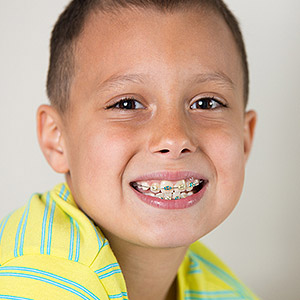There are many new and exciting ways now to transform an unattractive smile into one you’ll be confident to display. But not all “smile makeover” techniques are new — one in particular has been around for generations: using braces to correct crooked teeth.
Braces have improved the smiles (and also dental health) for millions of people. But as commonplace this orthodontic treatment is, it wouldn’t work at all if a natural mechanism for moving teeth didn’t already exist. Braces “partner” with this mechanism to move teeth to better positions.
The jawbone doesn’t actually hold teeth in place — that’s the job of an elastic gum tissue between the teeth and bone called the periodontal ligament. Tiny fibers extending from the ligament attach to the teeth on one side and to the bone on the other. In addition to securing them, the dynamic, moldable nature of the ligament allows teeth to move incrementally in response to forces applied against them.
To us, the teeth feel quite stationary (if they don’t, that’s a problem!). That’s because there’s sufficient length of the tooth roots that are surrounded by bone, periodontal ligament and gum tissue. But when pressure is applied against the teeth, the periodontal ligament forms both osteoblasts (bone-forming cells) and osteoclasts (bone-resorbing cells) causing the bone to remodel. This allows the teeth to move to a new position.
Braces take advantage of this in a controlled manner. The orthodontist bonds brackets to the outside face of the teeth through which they pass a thin metal wire. They attach the ends of the wire to the brackets (braces), usually on the back teeth. By using the tension placed in the wire, the orthodontist can control the gradual movement of teeth to achieve proper function and aesthetics. The orthodontist continues to monitor the treatment progress, while making periodic adjustments to the tension.
It takes time, but through this marvelous interplay between nature and dental science you’ll gain a more healthy and beautiful smile.
If you would like more information on improving your smile with orthodontics, please contact us or schedule an appointment for a consultation. You can also learn more about this topic by reading the Dear Doctor magazine article “Moving Teeth with Orthodontics.”



